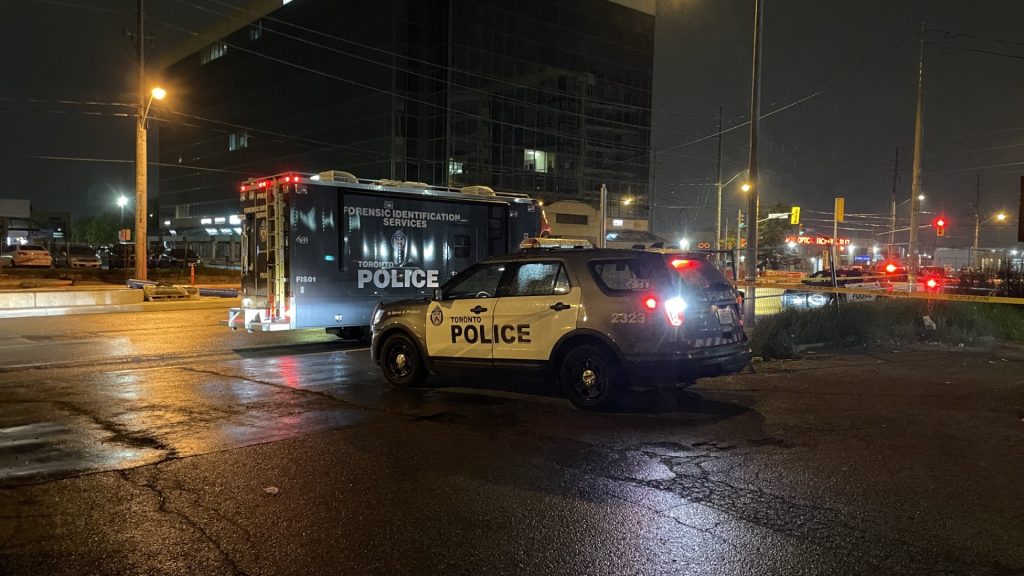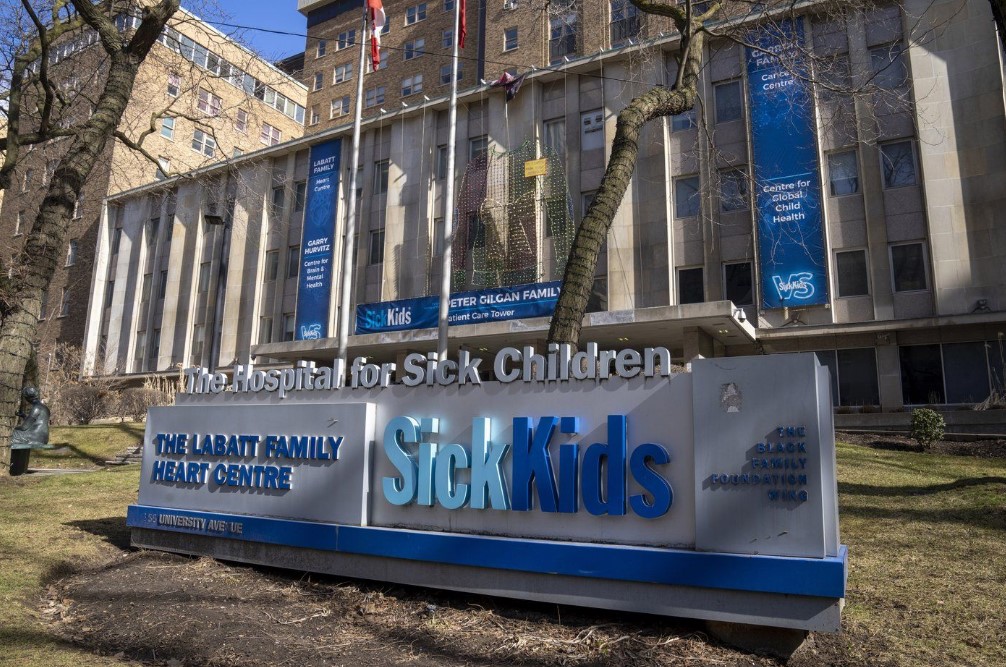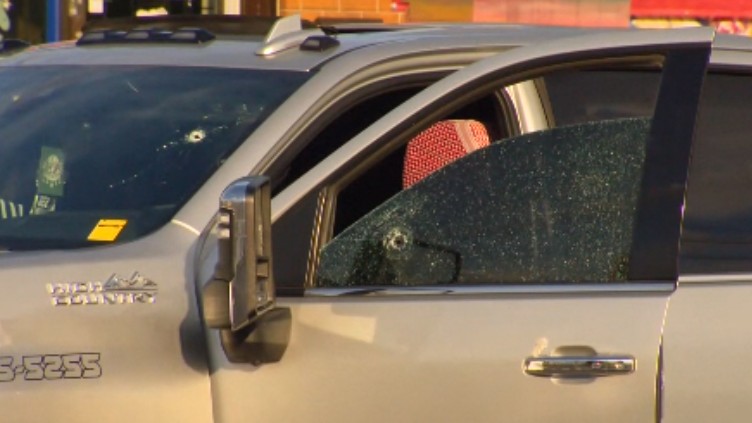Doug Ford wants to return to ‘original’ Scarborough subway plan
Posted May 9, 2018 10:15 am.
Last Updated May 9, 2018 6:43 pm.
This article is more than 5 years old.
The Ford family has become synonymous with the promise of subway construction, so it’s no surprise Doug Ford kicked off his first official day of the provincial election campaign with a familiar topic: the Scarborough subway.
The Progressive Conservative leader also promised Wednesday to upload responsibility to the province for the Toronto Transit Commission’s subway infrastructure, but the city would still be responsible for day-to-day operations, as well as bus and streetcar lines, and would keep the revenue.
Ford announced he plans to return the highly controversial one-stop Scarborough subway plan back to its “original” form, adding two more stops.
“We’re going to go back to the original plan … the original plan was fully funded by the feds, the province and the city. We’re going to make sure we have a plan for the future of the people of Scarborough,” Ford explained.
“My friends in Scarborough, help is on the way. We’re going to build proper transit, underground transit. Not the two-tiered transit system that all the people in Scarborough have to stand out in the freezing cold in the winter and everyone else in the city gets rapid underground transit. So we will be adding two additional stops on that.”
The Scarborough subway extension was something Ford’s brother, the late Rob Ford, heavily campaigned on during his successful 2010 mayoral election bid.
The subway replaces the proposed Scarborough Malvern LRT — which was a part of David Miller’s Transit City plan.
Ford wouldn’t say which two stops he would be adding to the current plan or how much his plan would cost.
“There are … several disjointed statements about completing the subway loop in Scarborough without appreciating the lack of transit demand either now or in the future in that part of the city,” said transit expert Murtaza Haider.
The Scarborough subway line wasn’t the only transit project on Ford’s agenda.
He said he would spend $5 billion above the $9 billion the province and Ottawa have already committed to subways in Toronto — including money for the Relief Line.
During the CityNews leaders debate on Monday, however, Ford said the $5 billion would also go toward a two-way, all-day GO Transit service to Niagara.
“Though $5 billion seems (like) a lot of money … when it comes to building the Relief Line, (it) is not sufficient to cover even one project,” Haider said.
The one-stop subway extension from Kennedy subway station to Scarborough Town Centre alone is expected to cost $3.5 billion to $4 billion or more.
Haider also said increasing spending by $5 billion is likely to create additional debt — something he has criticized the Ontario Liberal government for.
But Haider said the province assuming the costs of the TTC’s capital spending is positive.
“This I believe is a good step,” he said. “TTC is too large an entity to be sustained financially by the taxpayers of Toronto. There is the need to have a larger overarching entity to assume capital expenditures for the TTC.”
Outside of Toronto, Doug Ford said he would support the GO Transit service to Niagara and Phase 2 of the Ottawa LRT, as well as regional transit projects in Mississauga, Brampton, Hamilton, London and Kitchener-Waterloo.
Haider said the Relief Line should be built before some of Ford’s other proposals.
“Transit systems are developed as networks,” he said. “Furthermore, it is important to develop the network in proper order.
“Extending the subway to Richmond Hill and attracting more transit riders southbound in the morning peak hours without expanding transit capacity at the Yonge and Bloor station is likely to create chaos rather than solving anything. So building redundancy with Relief Line should take priority.
Mayor John Tory said he welcomes Ford’s commitment to the Relief Line.
“I welcome Mr. Ford’s commitment to the Relief Line and the pledge to provide additional funding for it over and above the $9 billion that has already been secured from the federal and provincial governments,” the mayor said in a statement.
“The Relief Line is a key part of the city’s transit network plan — a city council endorsed plan that I have championed and will continue to champion.”










